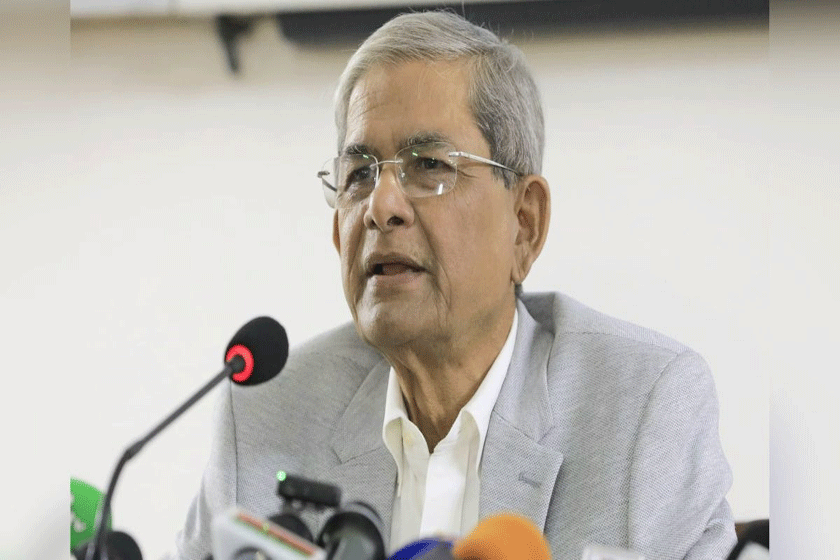
Only two countries out of 98 have achieved this status so far. Bangladesh got rank number one by scoring 91.5 out of 100. COURTESY
In a silver lining in the pandemic era, Bangladesh has ranked first in the world in supporting lactating women. The World Breastfeeding Trends Initiative (WBTi) has congratulated Bangladesh for having achieved the status of “green” nation, along with Sri Lanka.
Only two countries out of 98 have achieved this status so far. Bangladesh got rank number one by scoring 91.5 out of 100.
This is based on its performance on 10 indicators of policies and programs the WBTi uses to colour-code and rank countries. In an ascending order of performance, the colour codes are red, yellow, blue and green.
“Bangladesh that scored 91.5/100 earned a green colour code, which implies the best level of performance. This has been the result of persistent efforts since 2005 to pursue improvements.
"Bangladesh demonstrated high-level commitment, led by its prime minister, towards health and nutrition of mothers and babies,” said Dr Arun Gupta, WBTi's global coordinator.
Launched in 2004, WBTi assists countries to assess the status of and benchmark the progress in implementation of the Global Strategy for Infant and Young Child Feeding (IYCF) in a standard way.
It is based on the WHO's tool for national assessment of policy and programmes on infant and young child feeding.
Inadequate breastfeeding costs the global economy almost $1 billion each day. This loss is due to lost productivity and healthcare costs. In addition, it saves 700,000 lives annually.
Breastfeeding majorly benefits child health, women’s health and prevents non-communicable diseases. This can only be achieved through galvanizing national actions to protect, and support every pregnant and lactating woman.
The Ministry of Health and Family Welfare (MoHFW) is actively supporting the breastfeeding actions on a continuous basis and looks for further development of IYCF in Bangladesh.
“In the latest report of 2020, several partners together did this assessment and we scored green code in five out of 10 indicators,” said Dr SK Roy, chairperson of the Bangladesh Breastfeeding Foundation, who led this effort of assessment.
WBTi was developed by the Breastfeeding Promotion Network of India in Delhi. So far, 125 countries have been trained to do this assessment and 98 have already completed assessments.
Many have done it twice or thrice. First 10 countries include Bangladesh, Sri Lanka, Afghanistan, Cuba, Gambia, Bolivia, Turkey, El Salvador, Niger, Kenya, and Kuwait.
India stands at 79, Nepal at 39 and Maldives at 19. WBTi assists countries to assess and analyze gaps, and then calls for actions to bridge the gaps.
The WBTi process includes re-assessment every 3-5 years as an integral part to check the trends in the country.
According to the findings of the “Making A Difference: An Evaluation Report of WBTi in Mobilizing National Actions on Breastfeeding”, the more countries do reassessment, the better are the improvements in policy and programs to remove the barriers women face while breastfeeding.
Gains included infant feeding during emergencies, BFHI and funding, and the report showed if policy scores improved, it was associated with improved practices.
What WBTi does is to raise awareness about gaps and the need to generate action so that the governments and employers can come forward to bridge the gaps where needed.
The WBTi tools generate colour-coded simple graphics, which are easily understandable by the policymakers to identify and prioritize areas for investment.
For example, if an indicator is in “red” it needs greater attention. Thus WBTi comes in handy to strengthen a country’s policy implementation and services.
Some 41pc of infants less than six months of age are exclusively breastfed, far short of the 2030 global target of 70pc.
According to WHO and Unicef, every pregnant and breastfeeding woman and the baby require an enabling environment in order to begin breastfeeding within an hour of birth, breastfeed exclusively for six months and continue breastfeeding along with adequate food till two years or beyond.












0 Comments